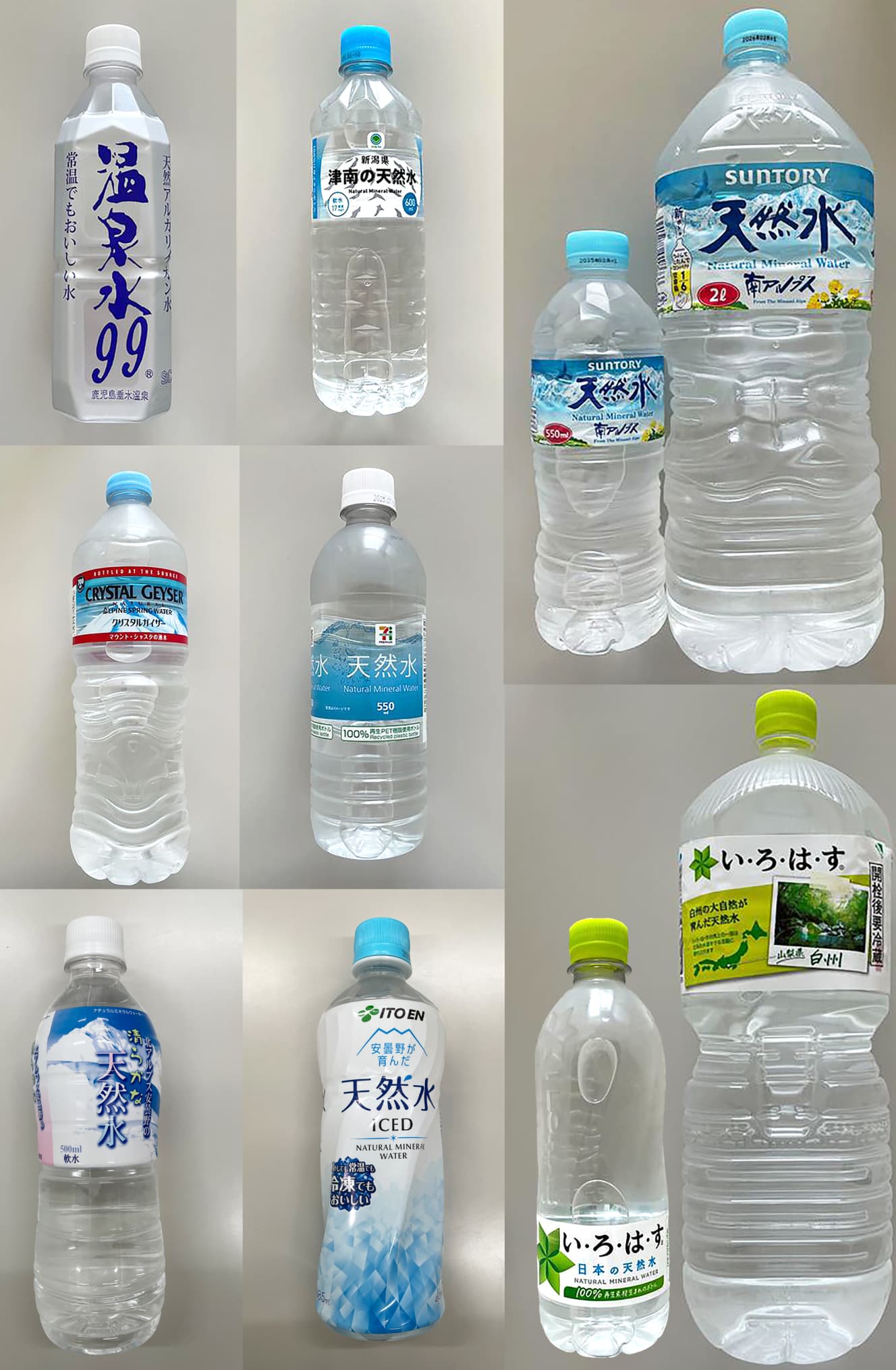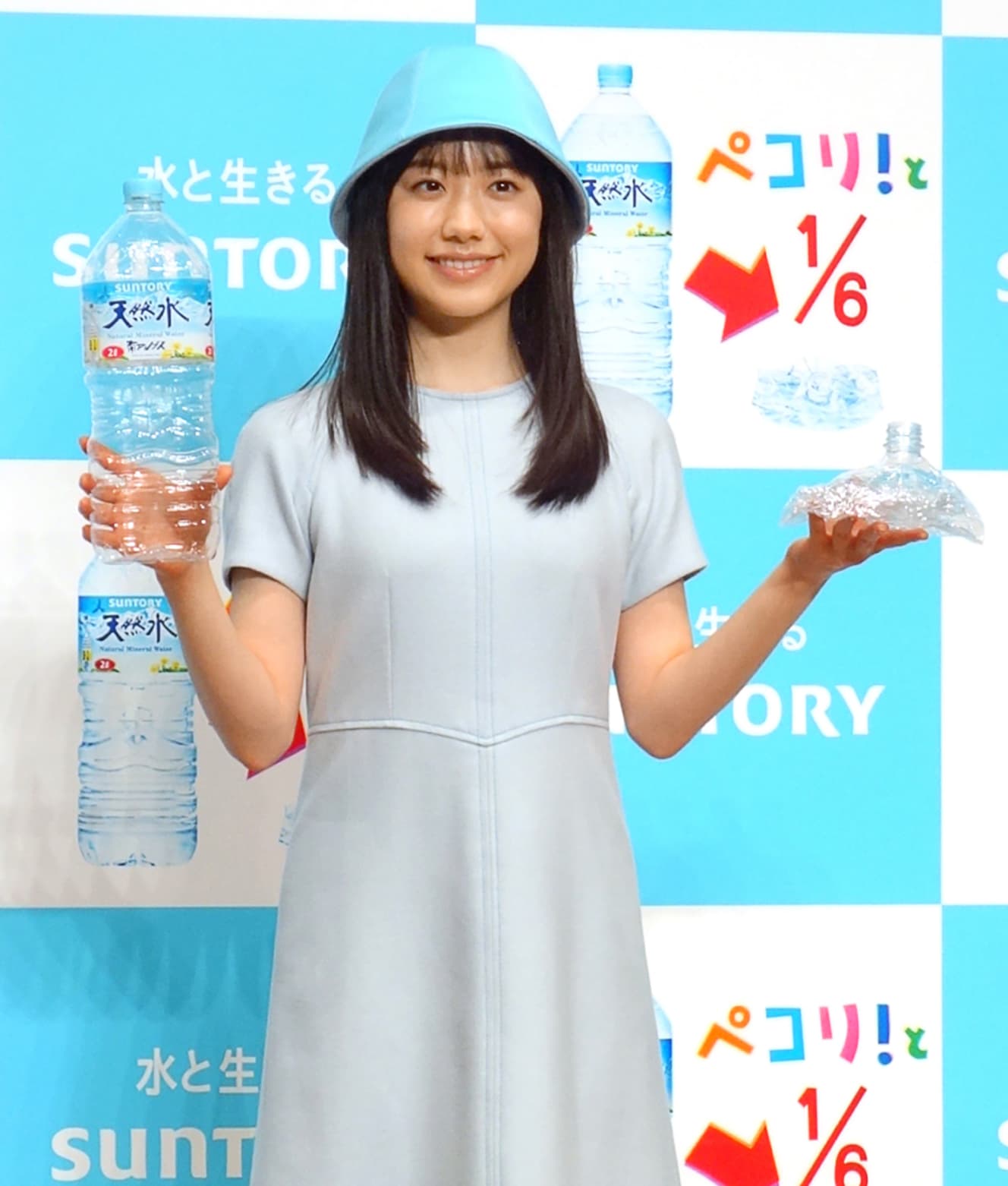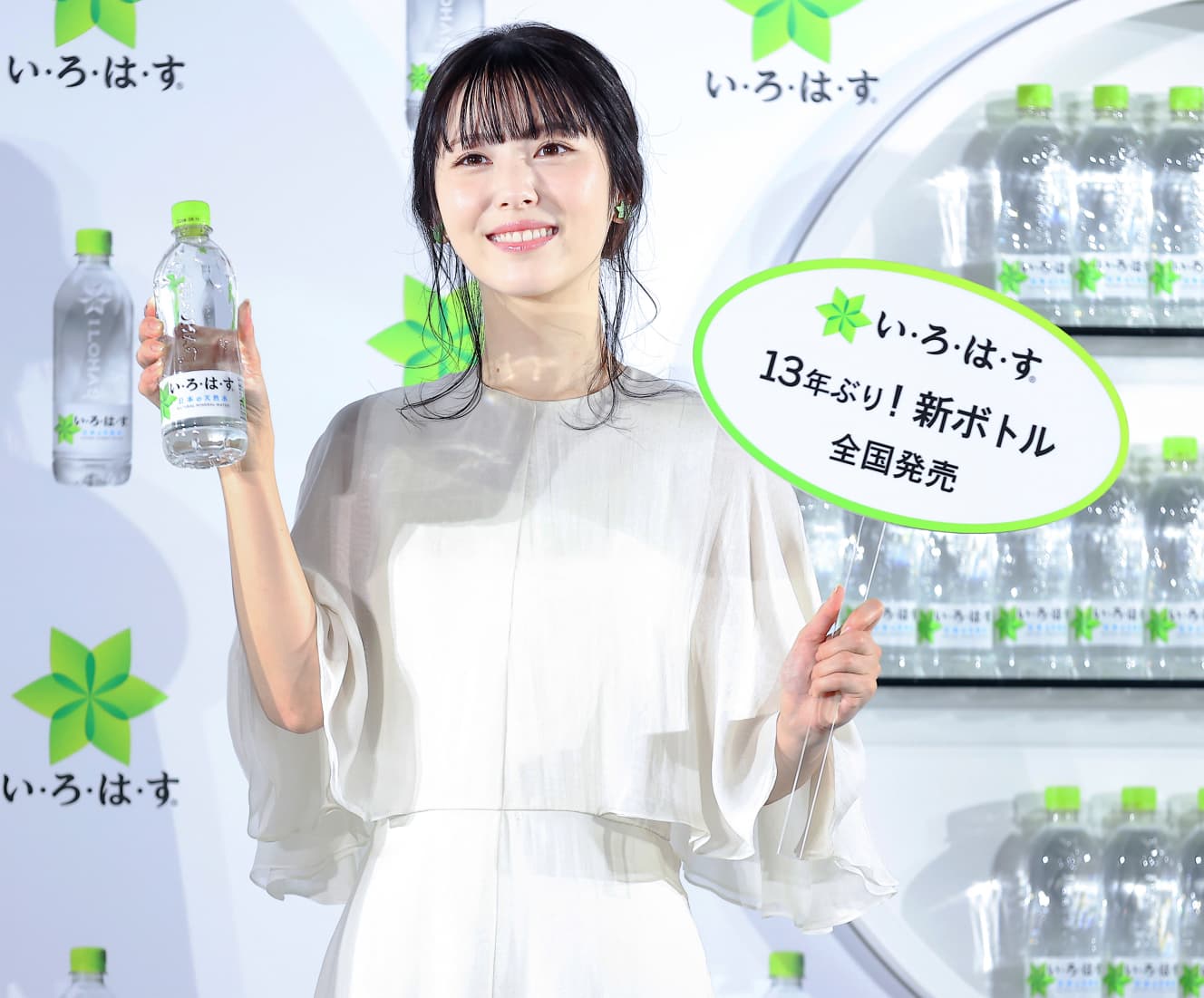Revealing the Inside Story of the Great Battle to Become Japan’s Best-Selling Water
Suntory Natural Water," the No. 1 brand in the industry; Coca-Cola's "Irohasu," which is making great strides; Asahi's "Oishii Mizui Natural Water," which makes use of its beer know-how; Otsuka Foods' "Crystal Geyser," Ito En's "Evian," and others with outstanding name recognition

In the past, canned coffee was the absolute king of the soft drink industry. The next in line was always tea in PET bottles.
Today, however, Suntory Natural Water is the best-selling soft drink in Japan, ahead of the two leaders. Yes, it is mineral water.
According to a 2005 survey by the Beverage Research Institute, the top-selling beverage in Japan was the canned coffee Georgia, followed by Oi Ocha, Aquarius, and Coca-Cola, with mineral water not even in the top 10.
However, in the same survey in 2022, “Suntory Natural Water” ranked first, and Coca-Cola’s “Irohasu” was also ranked seventh. This is an unprecedented “natural water boom. Economic journalist Takai Naoyuki analyzes, “There are three main reasons.
“The first reason is the establishment of mineral water in various situations. Since the Great East Japan Earthquake, there has been an increase in local governments purchasing and stockpiling water. Since the COVID-19 pandemic, some workplaces have changed the beverages they offer to visitors. Coffee and tea made by employees have been replaced with bottled water from an infection prevention standpoint.
The second reason is price. While water, like coffee and tea, has also seen price increases, you can buy a 2-liter bottle for under 100 yen, and if you buy in bulk through online shopping sites, you can get it for less than 100 yen per bottle.
The third reason is the increasing health consciousness. With the arrival of the sugar-free boom, the momentum of canned coffee and sports drinks has declined, and more people are choosing to buy and drink water.”
The history of mineral water is surprisingly long. The first household natural water in Japan, “Rokko’s Delicious Water,” was launched in 1983. At that time, the distributor was House Foods, and it was said to have been developed as a chaser for curry. The water source was in Nada-ku, Kobe City. It was chosen because when Kobe Port opened during the Bakumatsu period, foreign sailors praised the water, saying, “Kobe’s water doesn’t rot even when crossing the equator.” In 1889, British man John Clifford Wilkinson discovered the carbonated spring “Nioh-in” in the Rokko mountain range, which is now the root of the carbonated water “Wilkinson” still sold today.
“Later, the business rights for ‘Rokko’s Delicious Water’ were transferred to Asahi Beverages, and it is sold as ‘Asahi Delicious Water Natural Water Rokko’ in western Japan. However, in recent years, the original water source has dried up and has become condominiums. House Foods has built a new Rokko factory in Nishi-ku, Kobe City, and it has been taken over by Asahi Beverages. Therefore, ‘Asahi Delicious Water Natural Water Fuji’ has been added as a new lineup for eastern Japan. Asahi Beverages, known for products like ‘Mitsuya Cider,’ has the expertise in handling water through its parent company Asahi’s beer manufacturing, enabling stable production of mineral water.” (Junnosuke Nagahama, food journalist)
Asahi Beverages jumped on the health boom and was the first to release “Asahi Delicious Water Natural Water White Hot Water” in 2022. Despite initial skepticism about whether people would buy water specifically for hot water, it has shown explosive sales, particularly among young women working in offices.
Three years after the release of “Rokko’s Delicious Water,” the Black Ships arrived. It was France’s “Volvic” (released in 1986). Beverage specialist Takahiro Esawa explains,
“Consumers who wondered why they would pay for water that could be drunk for free from the tap accepted it because it was a foreign product. In 1987, France’s ‘Evian’ (Ito En) also entered the market. In 1993, dedicated holders were also created, and it became fashionable for young people to wear Evian around their necks, creating a small boom. With events like the start of the J-League in 1993 and the beginning of the Fuji Rock Festival in 1997, it became established as a companion for outdoor sports events and festivals.”

Black Ships, Champions, and Rising Stars
In 1994, Otsuka Foods acquired the American brand “Crystal Geyser,” which helped boost the trend of imported natural water.
Suntory, the reigning champion, entered the mineral water industry in 1991, when it was feeling pressured by foreign competitors.
“Suntory operates various beverages like beer, tea, coffee, and whiskey, but at its core, there is a dedication to water. Its corporate message is ‘Living with Water.’ Based on this philosophy, the company has established a Water Science Institute and conducts activities like ‘Mizuiku’ (water education for the next generation) to secure water sources and enhance brand image.
These efforts have paid off, gaining trust from consumers. Currently, Suntory has secured four water sources in the Southern Alps, Northern Alps, Aso, and Okudaisen. Since mineral water’s raw material is a natural resource, brand image and stable supply are more critical than the development competition among companies.” (Junnosuke Nagahama, previously mentioned)
“Suntory Natural Water” took the lead in the industry around 2005, surpassing “Rokko’s Delicious Water.” Since then, it has maintained its position and currently dominates the entire soft drink market.
Challenging this king was the supernova “ILOHAS” released by Coca-Cola in 2009. While Evian and others gained popularity with the added value of being “foreign products,” and domestic brands differentiated themselves with water sources like “Rokko” and “Fuji,” ILOHAS brought in a new perspective.
“Coca-Cola’s approach was ‘Eco.’ People who buy mineral water tend to have a high awareness of environmental issues. To appeal to them, Coca-Cola demonstrated crushing a 12g lightweight bottle in their commercials. The easily collapsible feature visually, audibly, and tactilely conveys ‘less waste and environmentally friendly.’ They chose the eco-friendly color green for the cap instead of the common blue, and the label is half the normal size and can be easily peeled off. In 2010, they introduced ‘Plant Bottle’ made from sugarcane into the bottle, thoroughly approaching Suntory Natural Water and rapidly growing into a popular product.” (Takahiro Esawa, previously mentioned)
Interestingly, lightweight and thin bottles already existed in the industry, with Crystal Geyser being one example. However, their lightweight packaging was perceived as “cheap.” The fact that Coca-Cola replaced it with an “Eco” concept speaks volumes about Coca-Cola’s formidable marketing power.
Whether it’s the original with a history of over 40 years, the Black Ship that has gained share worldwide, the champion with four water sources, or the rising star riding the SDGs trend—each manufacturer’s passion to produce the “best-selling water” seems unlikely to dry up anytime soon.



PHOTO: Kyodo News Agency, Sankei Shimbun, AFLO
